Fall is here, the perfect time for corduroy clothes of all types. It’s warm, durable, and oh-so-cozy, just what one wants for the transition from summer to the colder months. Just thinking about corduroy clothing makes me picture walking through my neighborhood park and enjoying the bright-colored leaves that Denver is blessed with right now. But while for many of us it may bring to mind fall wardrobes or images of 1960s fashion, corduroy had a beginning that had nothing to do with being hip or seasonally appropriate. Isn’t that so often the case with the history of textiles?
Let’s take a look!
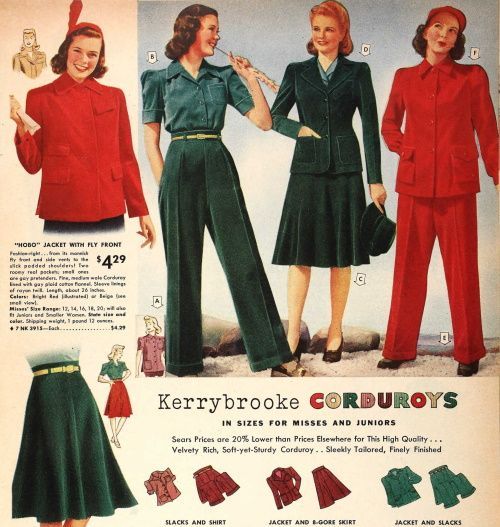
Ancient roots
Ancient Egypt was a center of industry, with rich textile production. Corduroy is believed to be descended from “fustian” – also an ancestor of velveteen, corduroy’s cousin of sorts. Its production began in Egypt perhaps as long ago as 200 BC. Of its production Encyclopedia Britannica says:
“fustian, fabric originally made by weaving two sets of cotton wefts, or fillings, on a linen warp, popular during the European Middle Ages. The word has come to denote a class of heavy cotton fabrics, some of which have pile surfaces, including moleskin, velveteen, and corduroy.”
How the piles turned into “wales,” the ridges found today on corduroy, is dubious, but believed to be in the 18th century. By this time Italian explorers had brought fustian to Europe, where it became a favorite fabric for winter among the elite.
Theories on the name
I thought it was worth mentioning the various theories on the derivation of the word “corduroy.” It’s a fun topic to read up on, especially considering that linguists have ultimately determined that the birth of the term is unknown.
Here are some of the theories that have been thrown around through time:
-“It was believed that the term corduroy came from a 17th century English corruption of the French “corde du roi” or “cloth of the king,” though that theory has been debunked.” (Brooks Brothers)
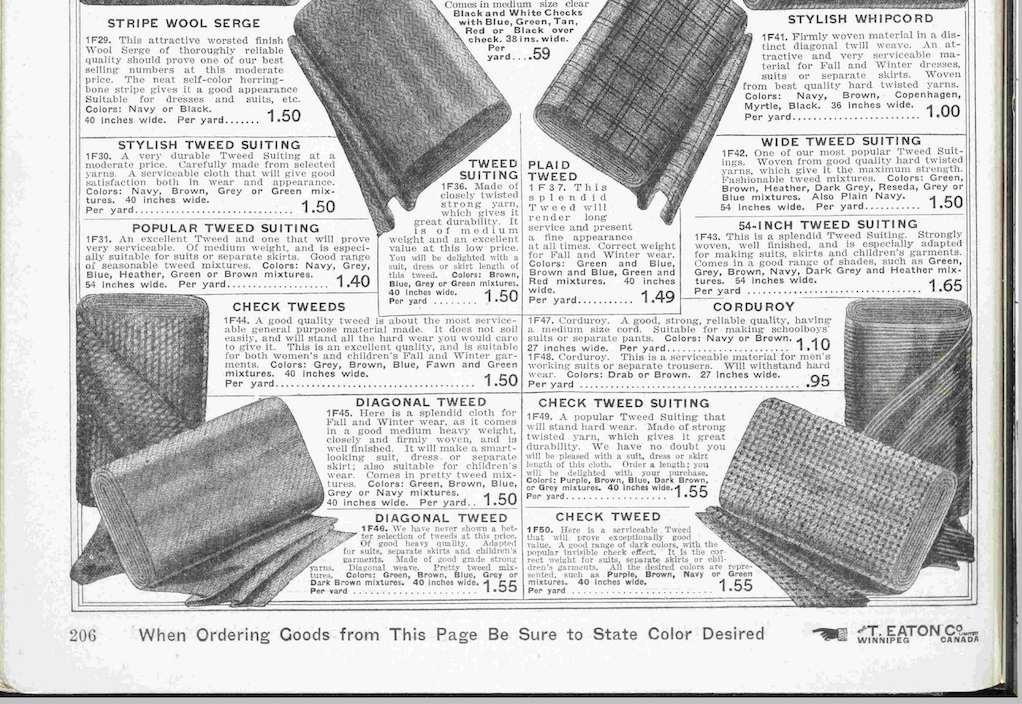
-The word corduroy is from cord and duroy, a coarse woollen cloth made in England in the 18th century. Although the origin of duroy is not attested and although its likely meaning is du roi (of the King), it does not follow that the full phrase corde du roi derives from the cord of the King. This is probably a false etymology. (wikipedia)
-In the 18th century a name for a kind of coarse, thick-ribbed cotton fabric. It has been hypothesized that the word is a compound of cord as the name for a fabric and duroy, a coarse woolen fabric, but cord in this sense does not appear to be earlier than corduroy. Advertisements in the 1774 numbers of the Boston Gazette and Country Journal have cord, corduroy, duroy, as well as cordesoy and cordusoy (perhaps by association with padusoy, variant of paduasoy) in lists of fabrics for sale. The notion that corduroy is from French corde du roi, “king’s cord,” is fanciful. (Merriam Webster)
The world may never know.
Corduroy through time
-Royal wales
Despite its early association with royalty, I was unable to find many examples of clothing made for 18th-19th century elite made from the textile. That being said, references from the time do indicate that it was something of a delicacy. The advertisement below, for instance, highlights corduroy as being imported and available at a shop in 1756.
I was also able to find the coat below, belonging to a man from the upper class. However, despite its alleged noble beginnings, I didn’t come across other similar pieces of clothing made from corduroy.
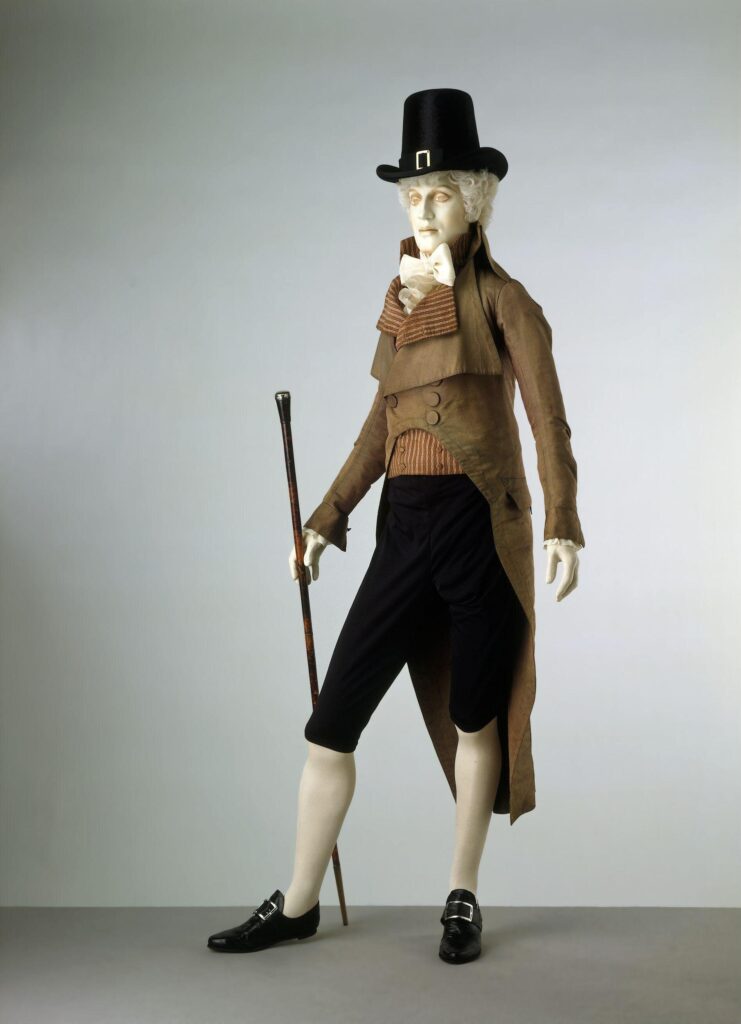
-Workman’s wales
What I did come across was a lot of examples of corduroy for tradesmen. This makes complete sense, as it is warm and durable. I found an increase in examples after the Industrial Revolution, which is when Levi Stauss began to manufacture it.
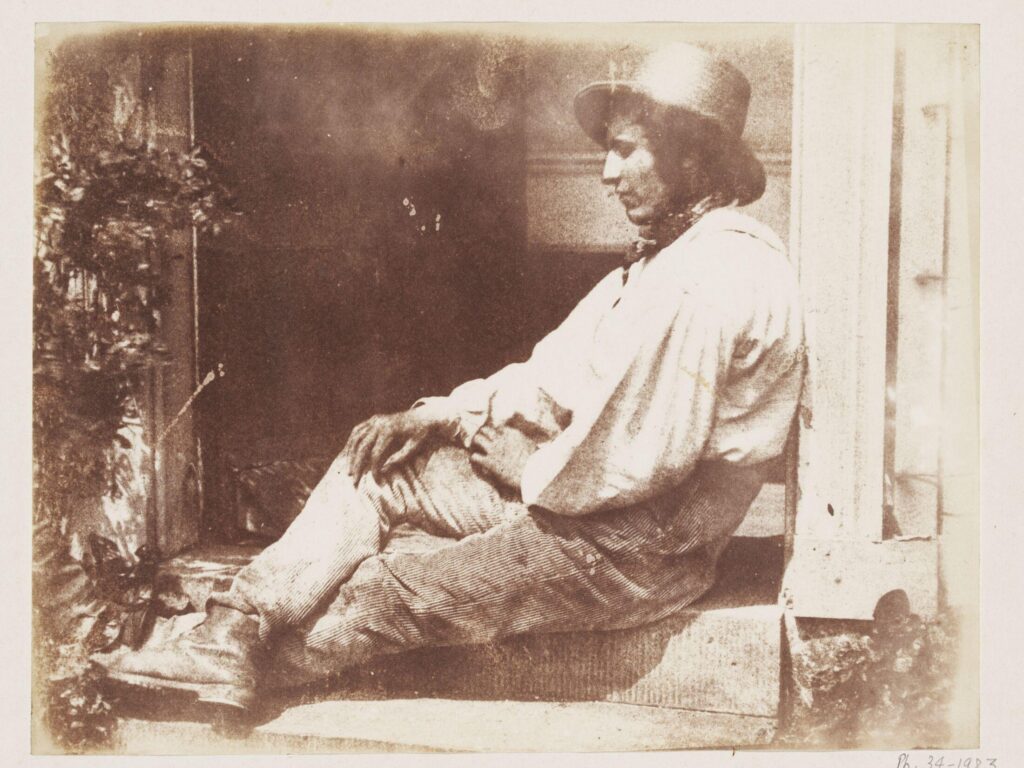
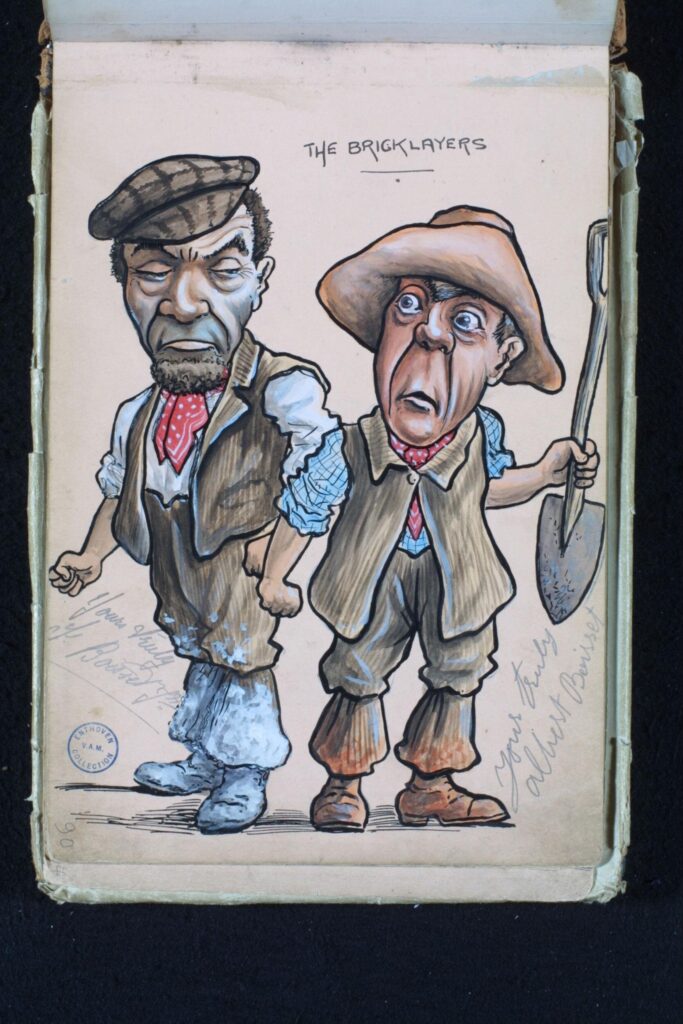
-Children’s clothing
Speaking of durable clothing, the other theme that I found with corduroy was that it used in children’s clothing during the 19th and early 20th centuries. It looks as though parents have always tried to work around the wear and tear of little ones.
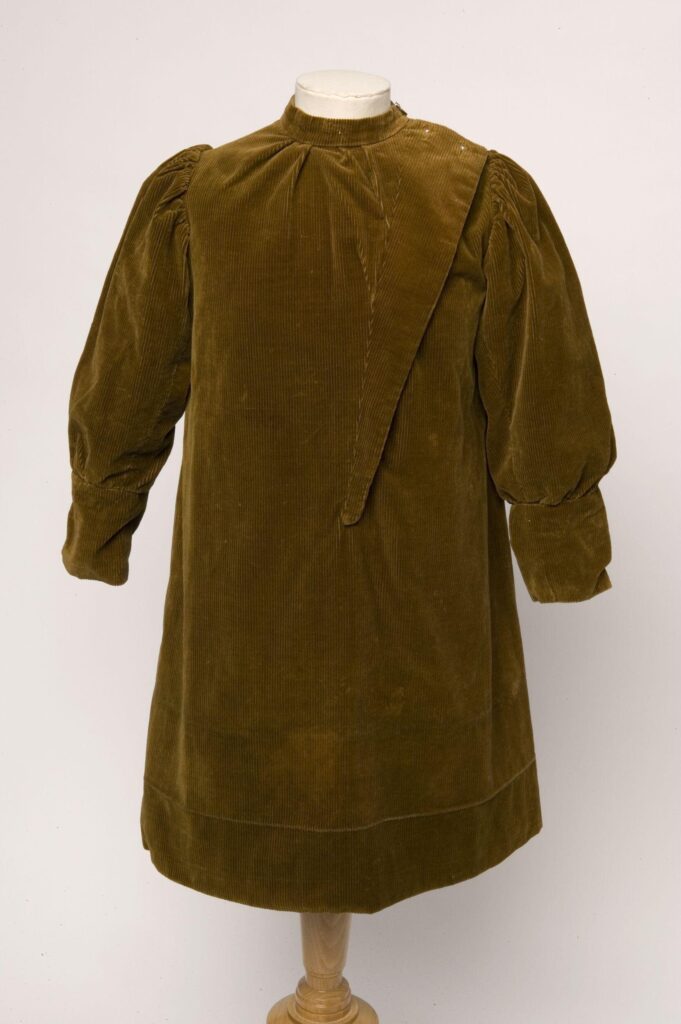
-The funky 40s and 50s
I was a bit delighted about this bit of corduroy history. While many associate the 1960s and 1970s with the rise in popularity of the fabric, it was not the hippies that brought it into the mainstream, but rather designers in the 1940s. I found example after example of high fashion constructed with especially thin wales in this decade and in the 1950s.
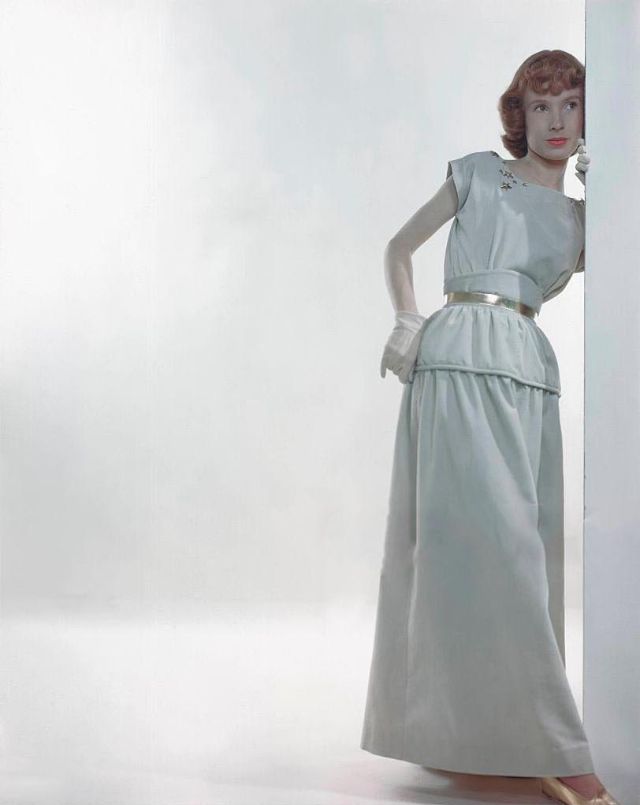
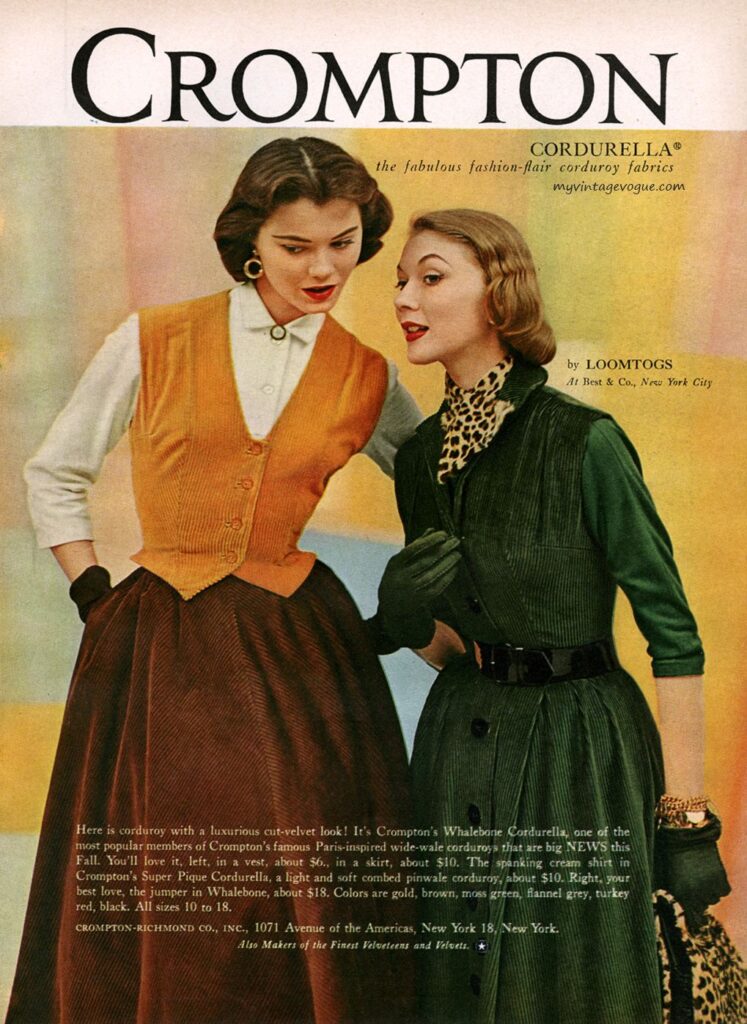
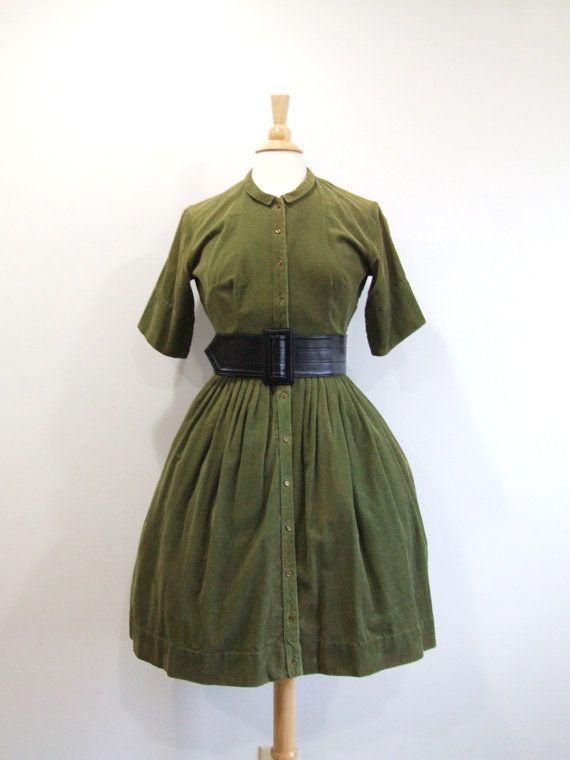
Did you know so much clothing was made from corduroy during this time period?
-Let’s get hip
And of course, corduroy was here to stay once the 1960s hit. Considering that it had been used in high fashion in the decades leading up to the age of the hippie, why do you think that was?
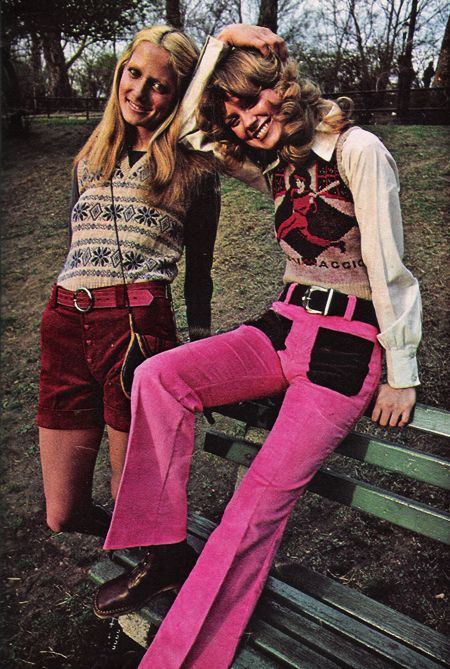
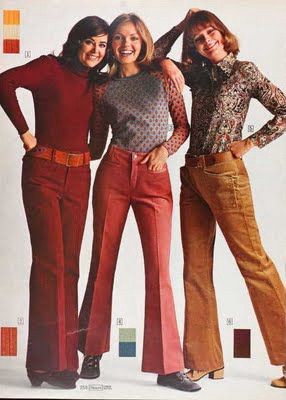
More fashion history fun:
Paisley: the history I never knew was a history

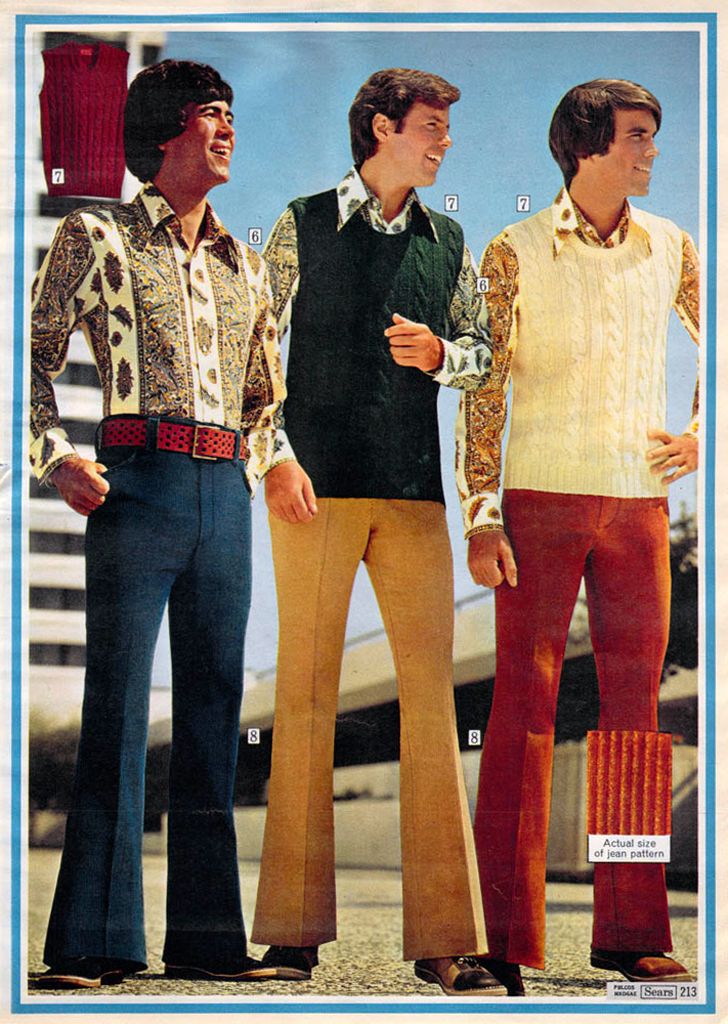


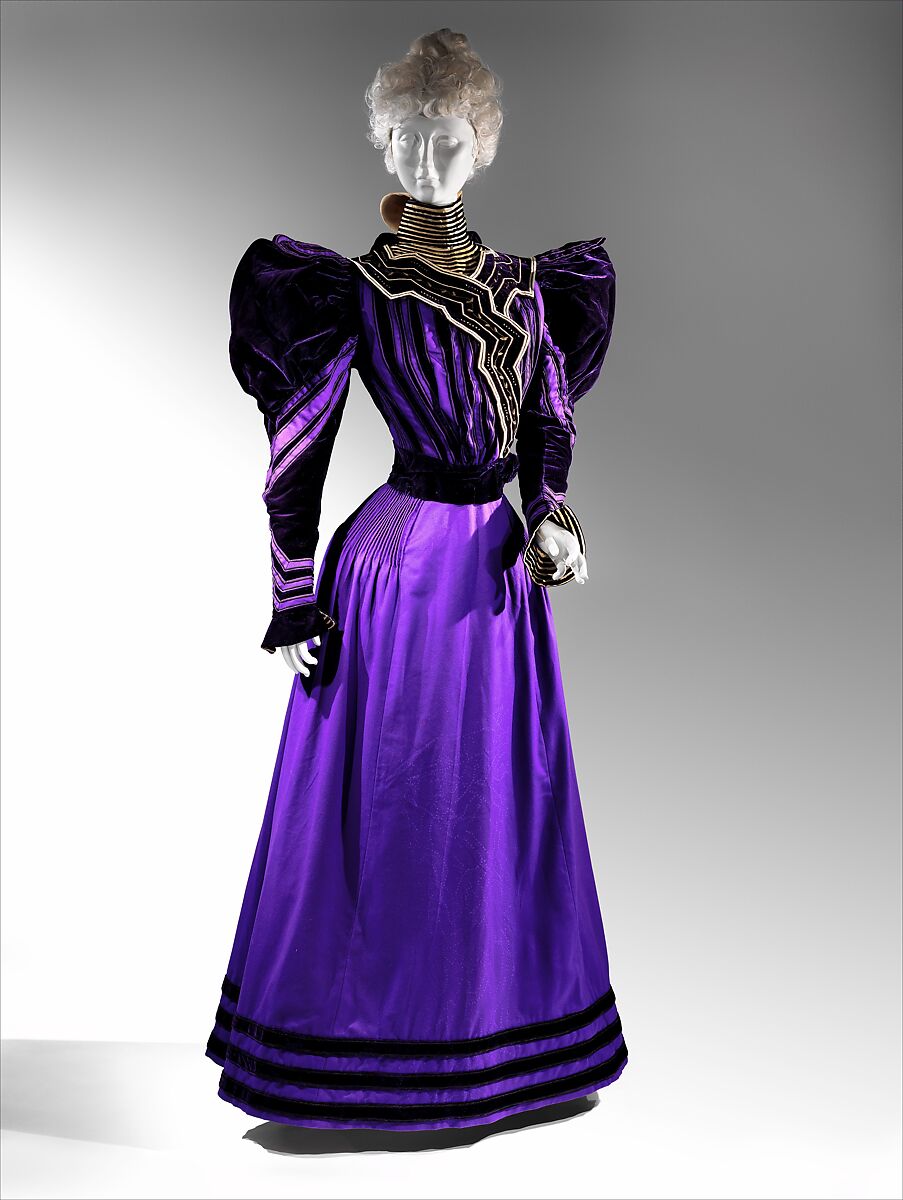

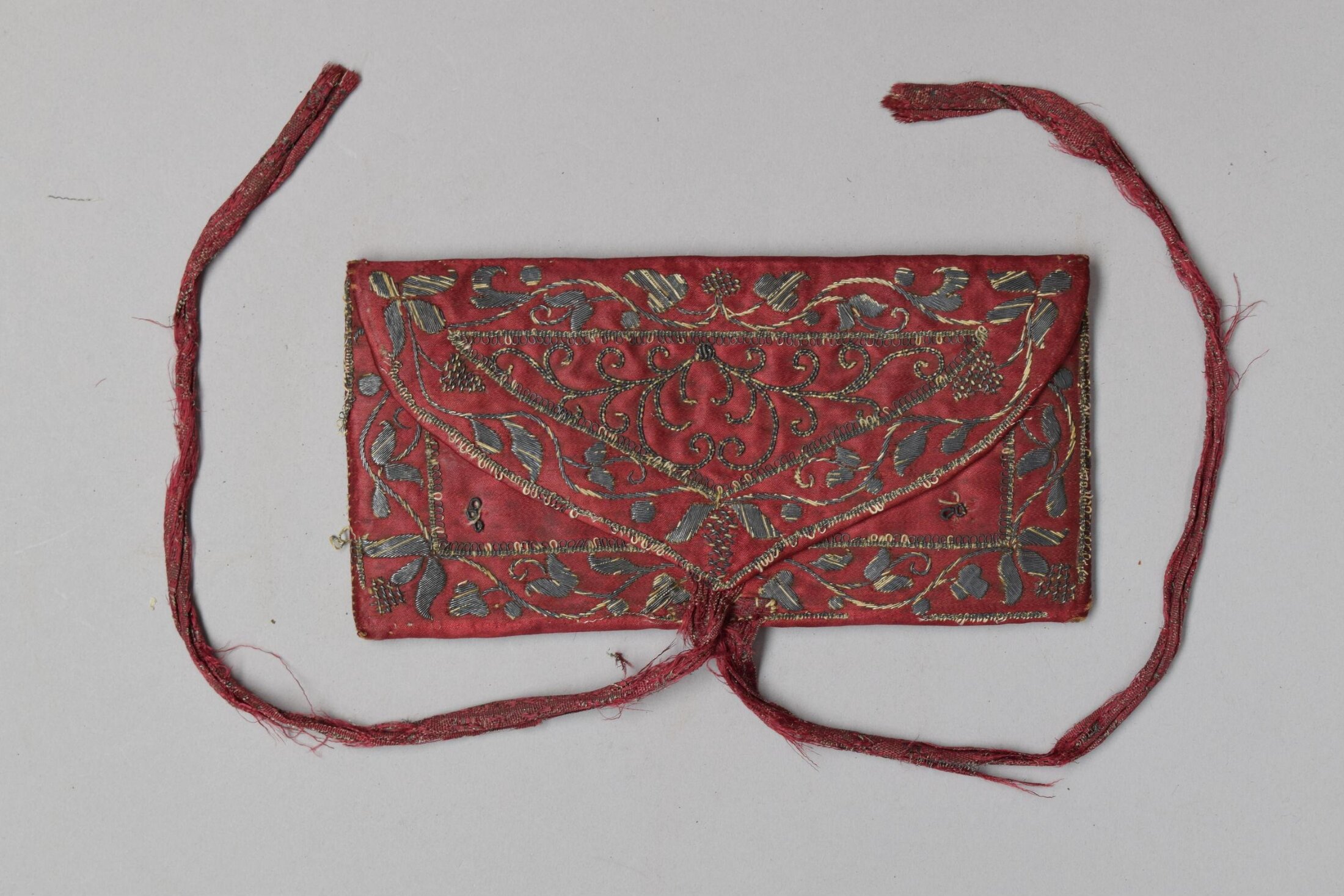
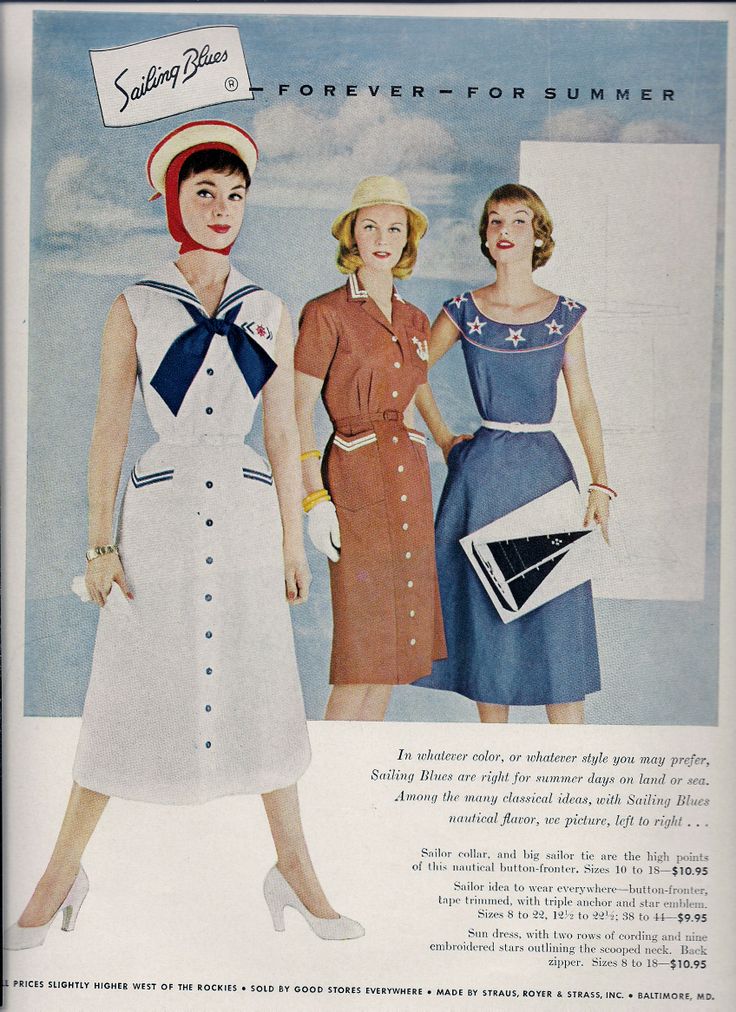
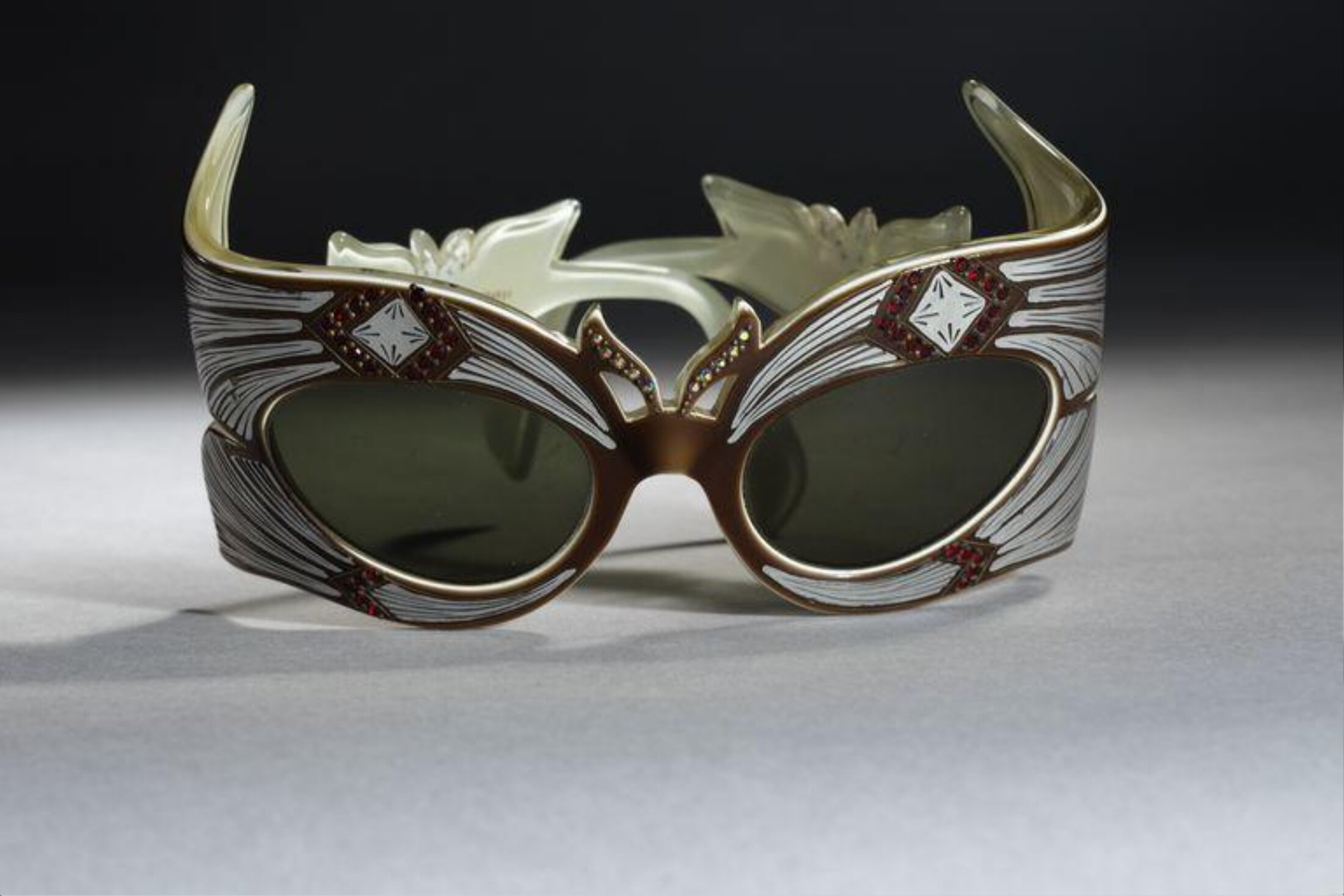
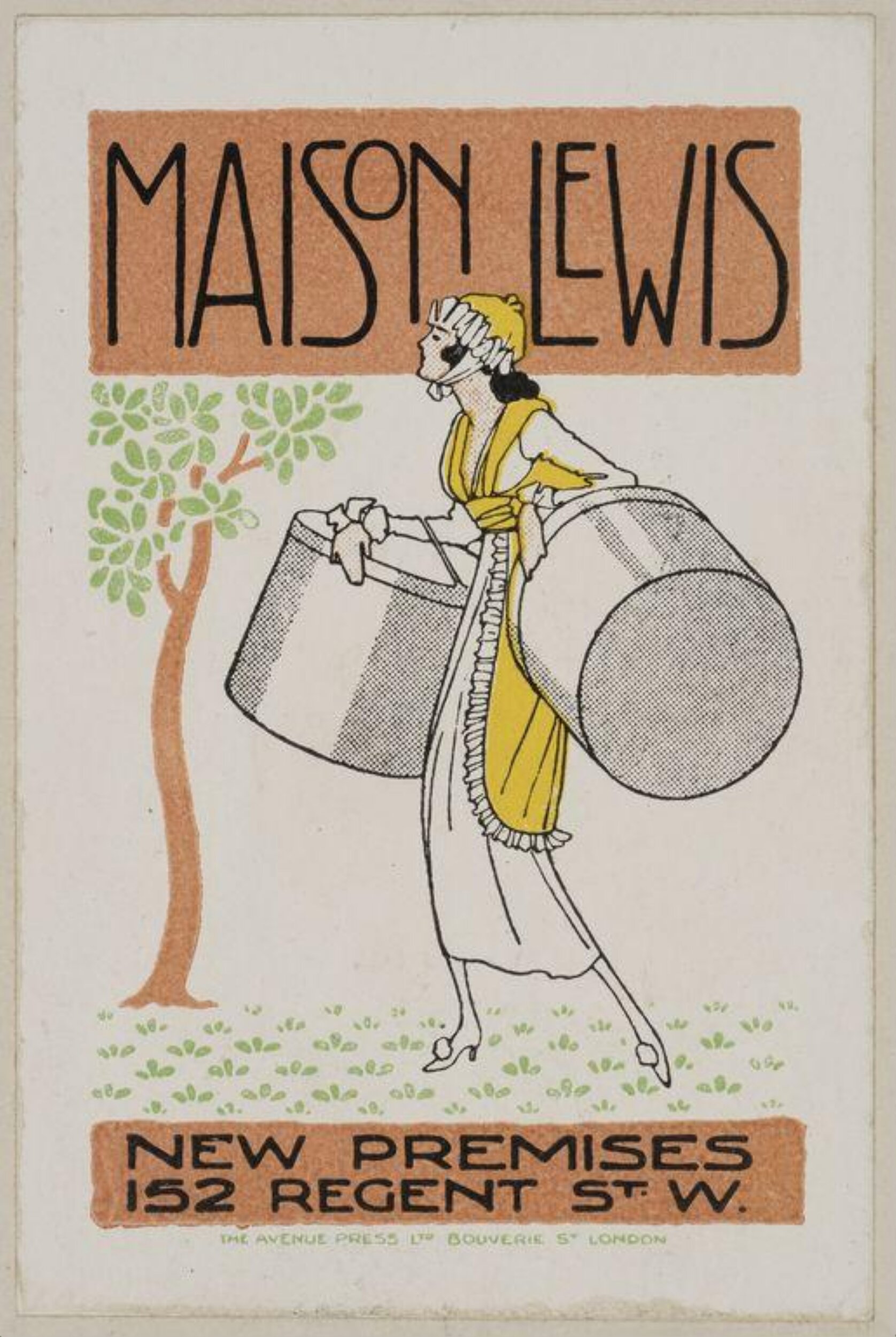
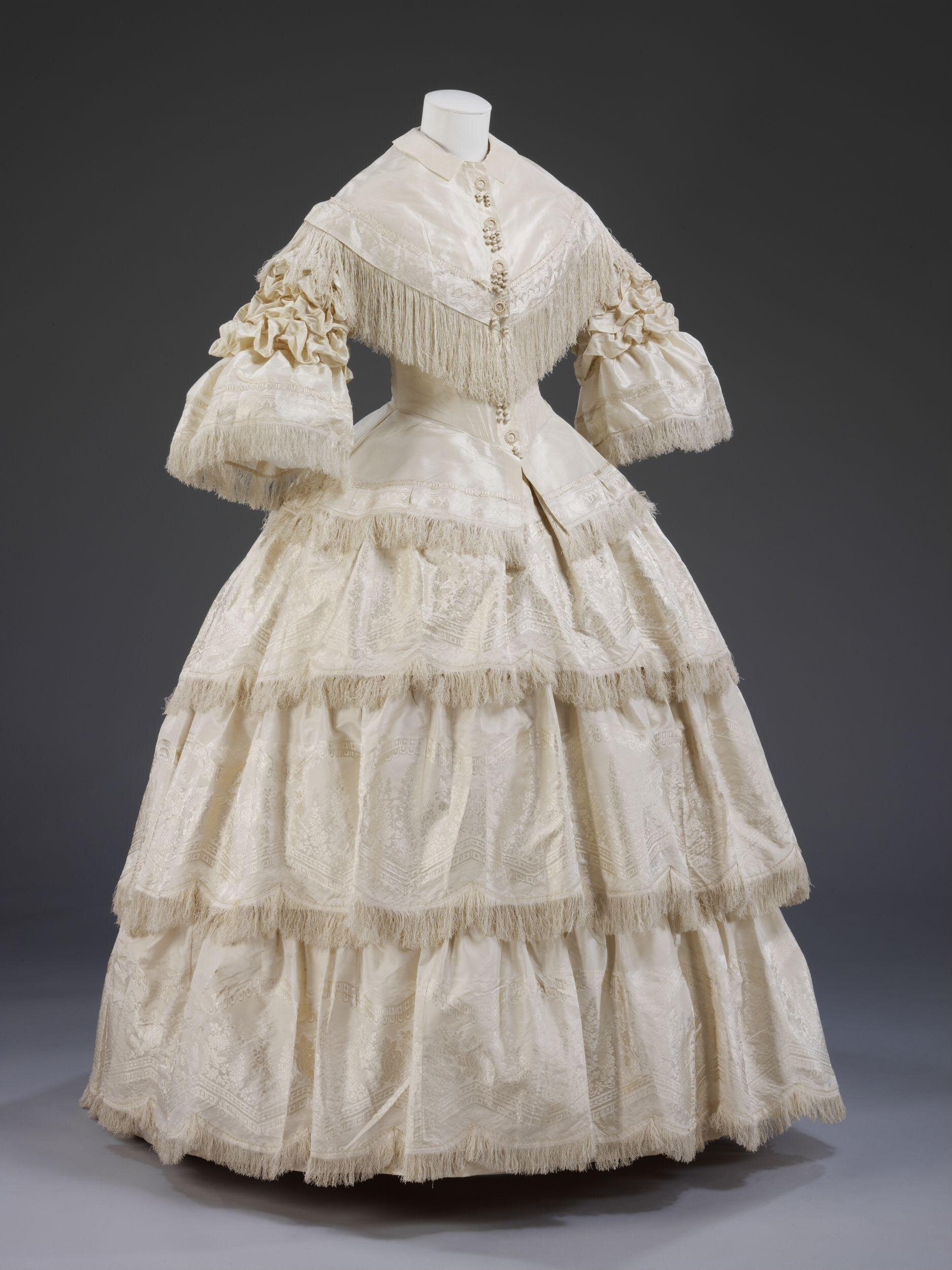
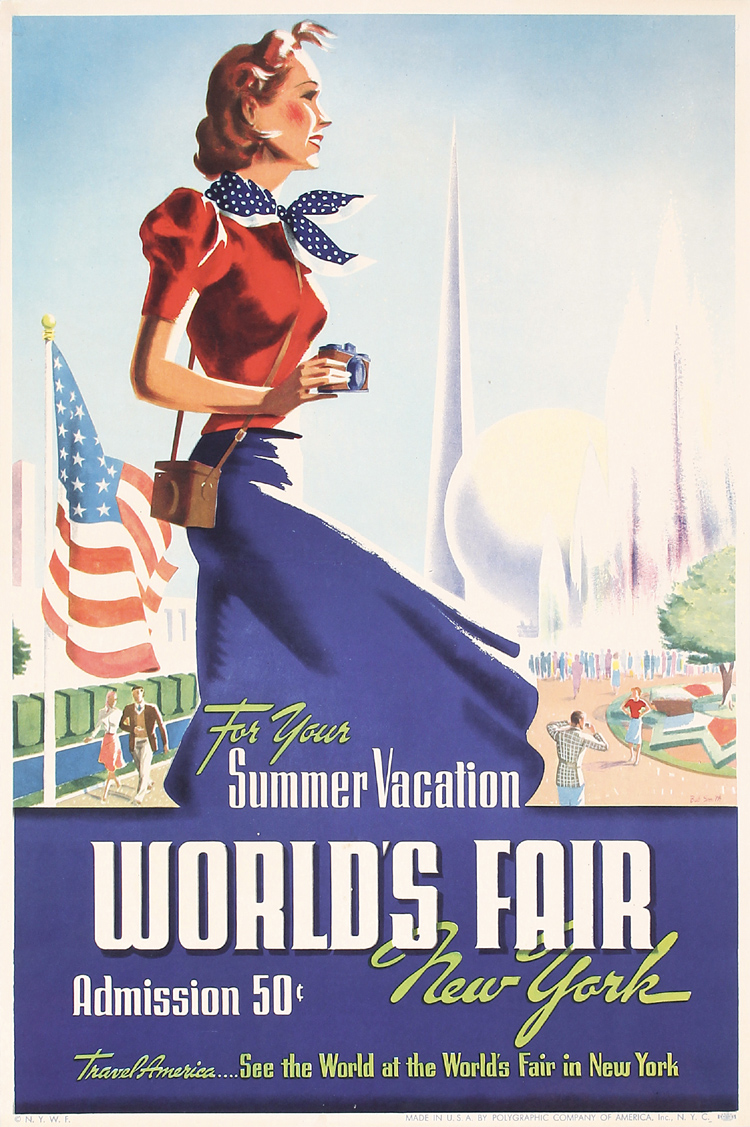
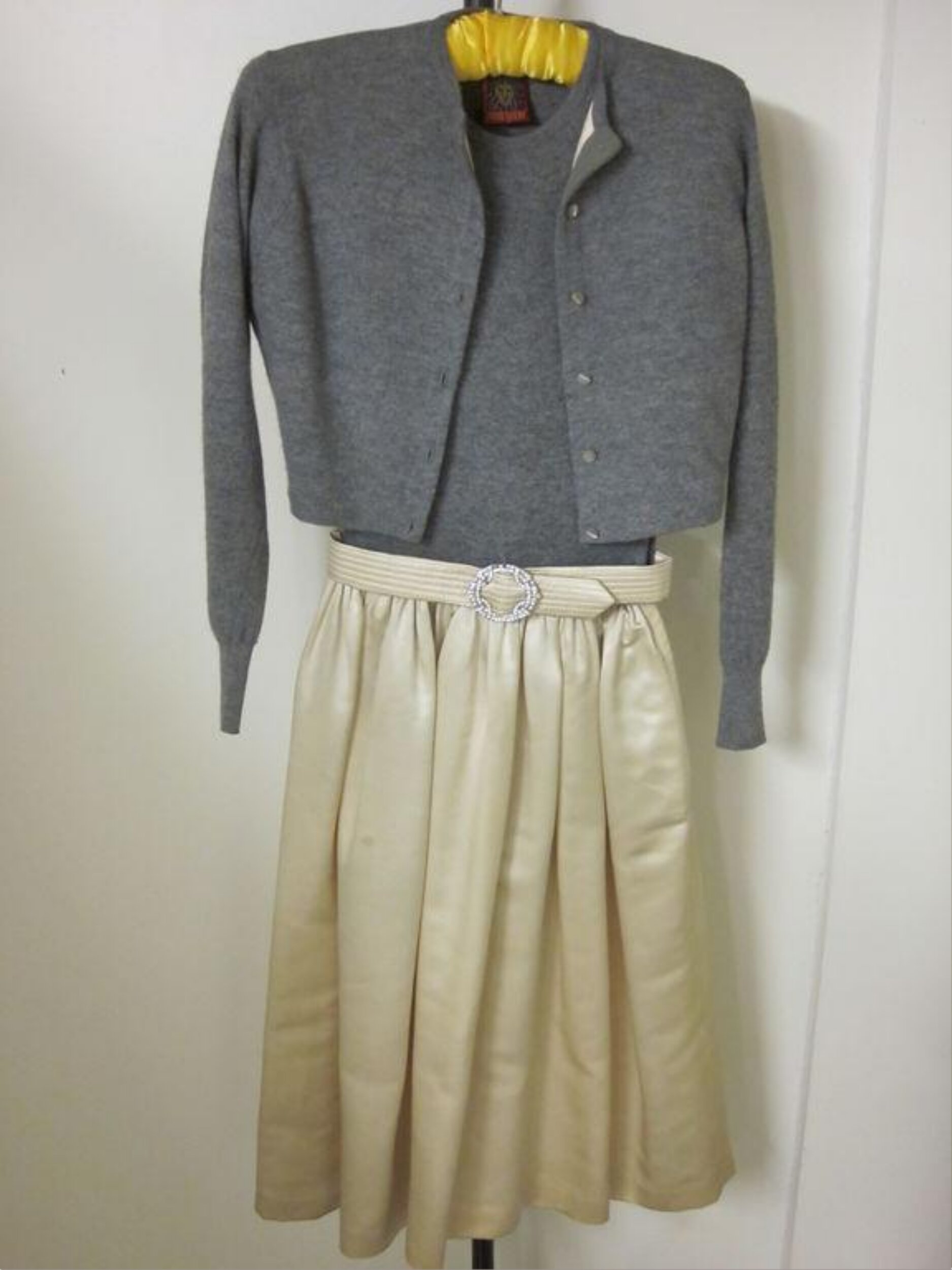

Thank you, Melissa! Feel free to let us know via IG or Facebook if there is ever a topic or a “history of” that you would like us to cover. Thanks for reading!
I so enjoy the History behind the years gone by! Thank you for sharing this, very informative!!